Physics
Sign up for our newsletter
We summarize the week's scientific breakthroughs every Thursday.
-
 Physics
PhysicsPhysicists have ‘braided’ strange quasiparticles called anyons
All known particles fall into two classes. Physicists just found new evidence of a third class in 2-D materials.
-
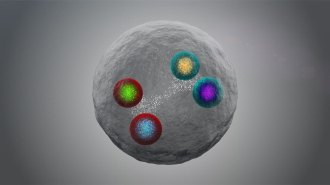 Particle Physics
Particle PhysicsThis is the first known particle with four of the same kind of quark
A weird four-quark particle could be a unique testing ground for the strong force that governs how quarks stick together.
-
 Health & Medicine
Health & MedicineWhy scientists say wearing masks shouldn’t be controversial
New data suggest that cloth masks work to reduce coronavirus cases, though less well than medical masks.
-
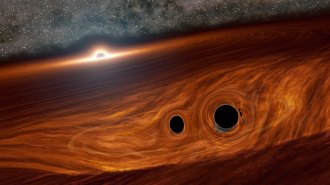 Space
SpaceColliding black holes may have created a surprising flare of light
A flare-up after a gravitational wave outburst may be the first sighting of light from colliding black holes.
-
 Particle Physics
Particle PhysicsPhysicists spot a new class of neutrinos from the sun
Researchers with the Borexino experiment in Italy have detected neutrinos produced in the secondary fusion process taking place in the sun’s core.
-
 Quantum Physics
Quantum PhysicsTo live up to the hype, quantum computers must repair their error problems
Before quantum computers can reach their potential, scientists will need to master quantum error correction.
-
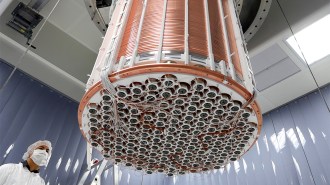 Particle Physics
Particle PhysicsAn unexpected result from a dark matter experiment may signal new particles
An excess of events spotted in the XENON1T experiment could be signs of solar axions or weird, new properties of neutrinos, but not dark matter itself.
-
 Particle Physics
Particle PhysicsMeasuring the neutron’s lifetime from space could solve an enduring mystery
Measurements on Earth show that lone neutrons decay after about 15 minutes, and now scientists have measured that lifetime from space.
-
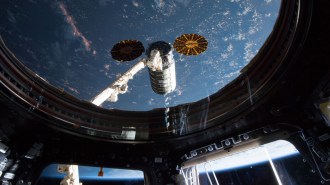 Quantum Physics
Quantum PhysicsThis weird quantum state of matter was made in orbit for the first time
Bose-Einstein condensates made on the International Space Station could reach temperatures lower than any known in the universe.
-
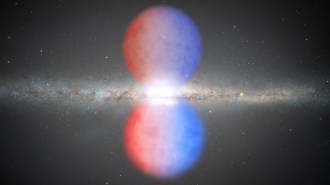 Space
SpaceThe Milky Way’s giant gas bubbles were seen in visible light for the first time
Variation in the light’s wavelengths could help scientists map the velocity of the gas that makes up the towering structures known as Fermi bubbles.
-
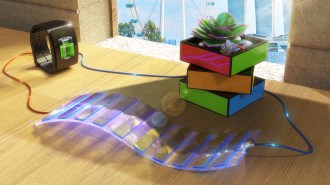 Physics
PhysicsA new device can produce electricity using shadows
Even under low light, this new technology exploits the contrast between light and shade to produce a current that can power small electronics.
-
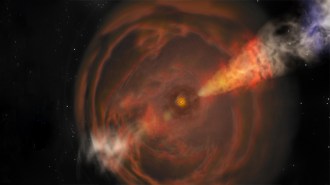 Space
SpaceA weird cosmic flare called the ‘Cow’ now has company
Scientists have now found three similar luminous, short-lived bursts of light, part of a class known as fast blue optical transients.